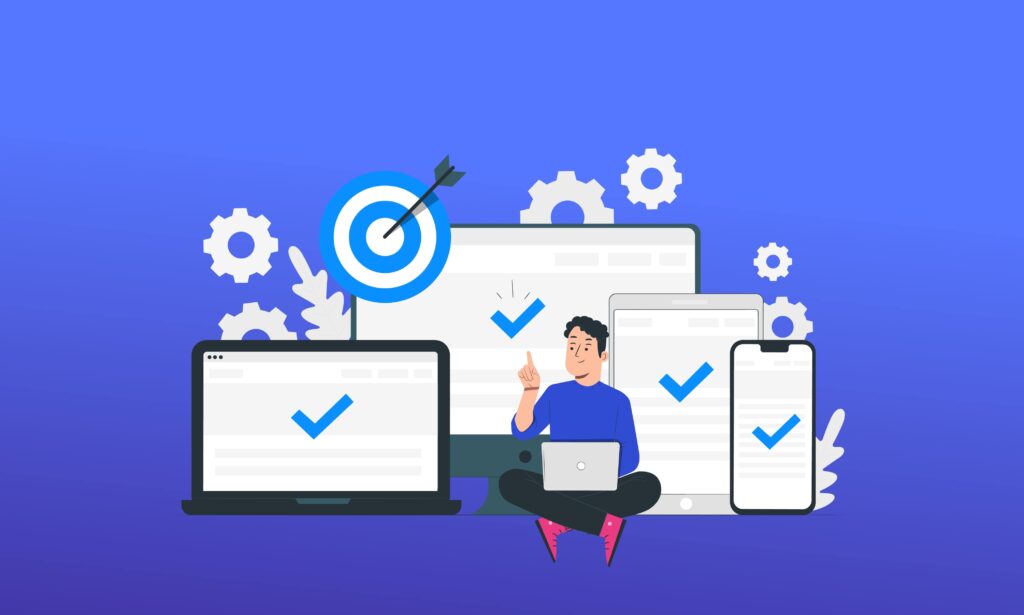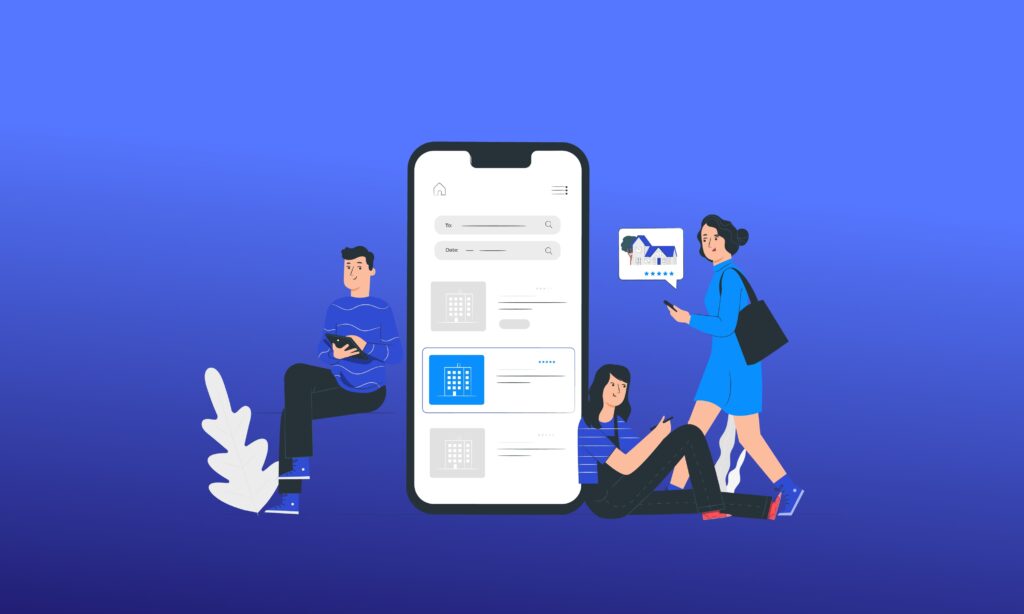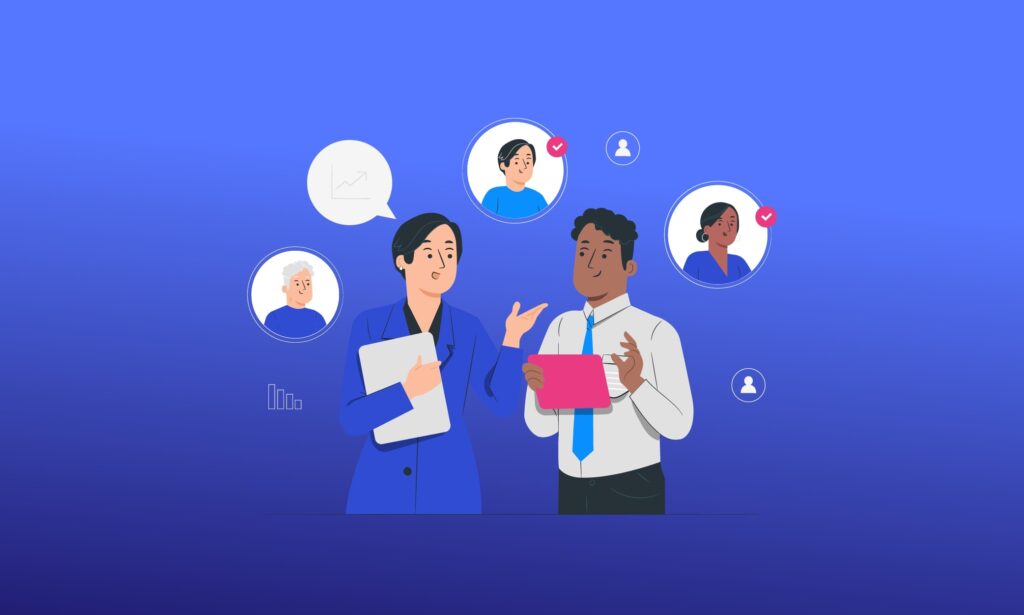Extended asset history gives lenders a better sense of security while minimizing borrower frustration.
Asset history tells lenders what borrowers can afford — but how far back should lenders really go?
In the past, lenders would typically go back two months to check if the borrower had enough liquid cash to cover their down payment and closing costs. Now, more lenders are ditching paper-based methods for digital asset verification, enabling lenders to have direct access to real-time financial information going as far back as two years.
What Is Asset Verification?
Most lenders require borrowers to provide asset statements to confirm that they have sufficient funds to cover monthly mortgage payments, down payments, closing costs and to record the source of this money. Asset statements provide a comprehensive look at a borrower’s finances, allowing lenders to more accurately assess the level of risk.
Traditionally, asset verification is done manually. Borrowers gather financial statements and deliver this information on paper, electronically, via email or through a lender’s online portal. Manual asset verification is costly, takes time and effort and is prone to error.
Increased access to financial data has had a significant impact on the origination process. Using digital asset verification, lenders are shortening the time to closing, cutting costs, improving accuracy and reducing the chance for fraud. It also gives borrowers a simple, hassle-free experience.
How Digital Asset Verification Works
Digital VOA gives lenders the most current, accurate view of a borrower’s financial data.
Assets can now be verified with the click of a button. Borrowers can give the lender permission to access financial information across multiple accounts that they want to be included in their report. Lenders can view GSE-approved Verification of Asset (VOA) reports with real-time validated data, shortening the verification process to minutes.

5 Benefits of Digital Asset Verification
1. Real-Time Insights Into a Borrower’s Financial Situation
Instead of sifting through paper or PDF statements, digital VOA gives lenders the most up-to-date insight into a borrower’s financial health.
As much as two years of asset history can be provided to lenders. While this may seem extreme, it enables mortgage lenders to satisfy VOA requirements from Government Sponsored Enterprises as well as create more homeownership opportunities for borrowers
And by retrieving data directly from financial institutions, lenders can get a better risk assessment of each borrower. This means that lenders can rest assured that their customer has the funds to cover their down payment and closing costs.
2. Reduces Friction
Manual verifications oftentimes involve hunting down relevant documents, multiple requests and frequent back-and-forth with borrowers. This can add days to the verification process while frustrating borrowers. This also means that some lenders only collect what’s required, usually about two months for conventional and government loans, which doesn’t provide as much of an accurate oversight compared to digital methods.
Subscribe to BeSmartee ‘s Digital Mortgage Blog to receive:
- Mortgage Industry Insights
- Security & Compliance Updates
- Q&A’s Featuring Mortgage & Technology Experts
High-friction experiences can also lead to application delays or even abandonment. The ability to remove or reduce points of friction has become essential to giving borrowers an efficient, painless experience.
3. Speeds Up the Origination Process
One major benefit of digital VOA is that it speeds up the origination process, enabling lenders to shorten the loan cycle time by days. Reducing the amount of time spent on each loan can also help lenders cut costs and boost profits.
According to the MBA’s Q4 2021 Mortgage Bankers Performance Report, the average cost to originate a mortgage loan hit an all-time high of $9,470 at the end of last year after rising for six consecutive quarters. This makes it especially important for lenders to find ways to better streamline processes and manage costs.

4. Satisfies Digitally Inclined Borrowers
Instead of requiring borrowers to gather financial documents from several accounts, today’s technology can digitally verify assets by directly accessing financial data — with the borrower’s permission.
Borrowers largely prefer a more hybrid approach, which is a blend of digital and traditional lending methods. Borrowers want the ability to do everything online with the option to speak with their loan officer if they have a question or concern. Digital asset verification can help facilitate a customer-centric digital mortgage experience.
5. Decreases the Potential for Fraud
The cost of fraud for U.S. financial institutions and lending firms has increased between 6.7% and 9.9% since before the pandemic. For every $1 in fraud in 2021, lenders spent $4.00 to recover it, compared to $3.64 in 2020 and $3.25 in 2019.
Reliable digital VOA with direct access to real-time data from financial institutions can potentially reduce the chance of fraud. Manual verification opens the door to altered data.
Asset History Is More Than Just How Much Liquid Cash Borrowers Have at Any Given Moment
Although extended asset history may not always be available, VOA providers can give lenders access to a wide network of financial institutions with near real-time borrower data.
However, not all VOA providers are the same. Make sure to find a partner that doesn’t charge more for extended asset history and has refresh options to update the original asset data. This gives lenders a current, more accurate view of borrower data without the borrower having to go back and provide updated information.
BeSmartee can help you streamline your loan processes and be more productive while enabling you to provide quality customer service. To learn more, contact a BeSmartee mortgage technology expert.















